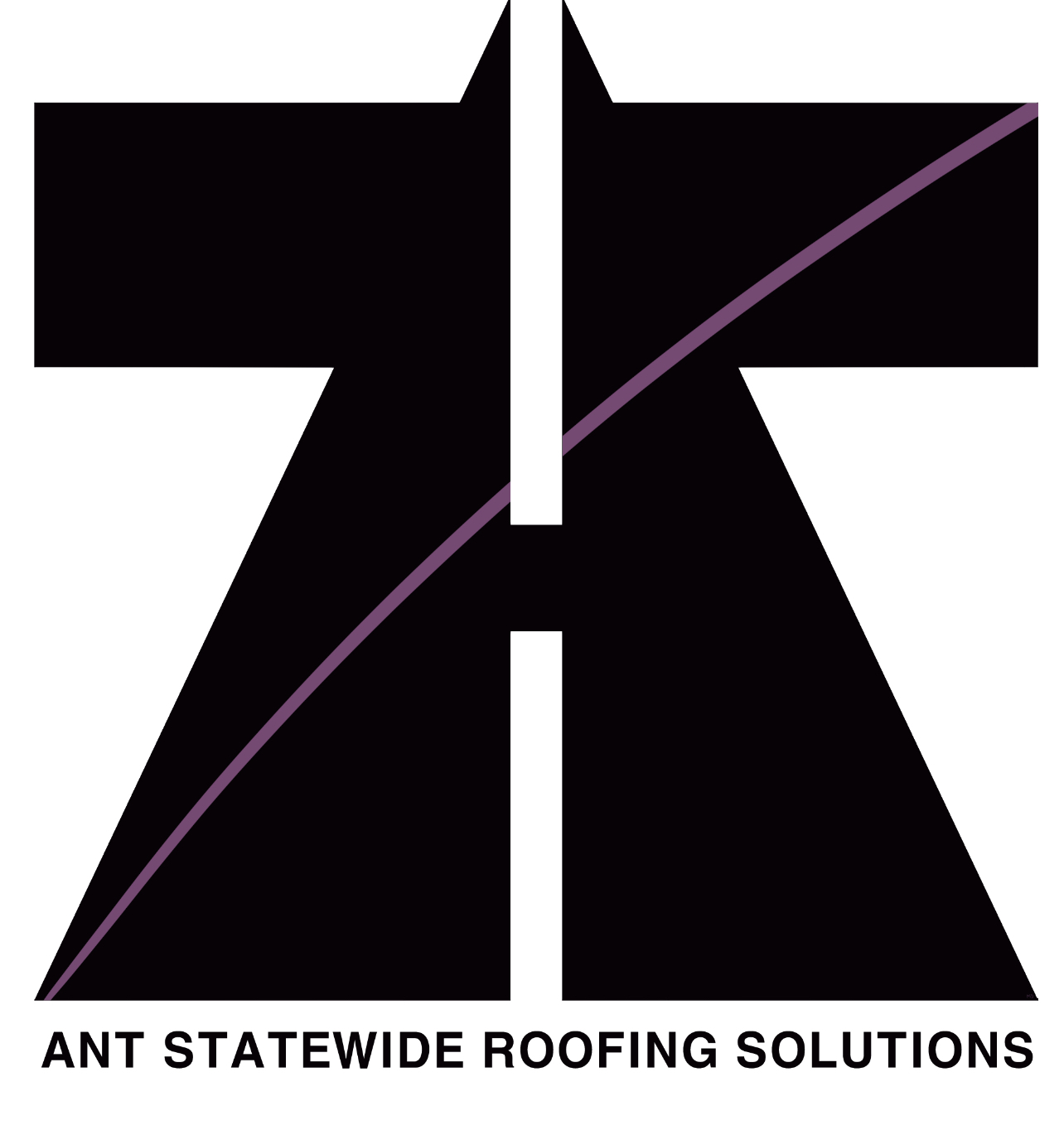Title Page
-
Project Number
-
Customer Name
-
INS Number
-
Conducted on
-
Prepared by
-
Location
Power Conversion Equipment
-
PCE 1- Is the solar PV system capable of producing electricity at the installation address without the need for any additional parts to be incorporated?
-
PCE2 - Has the inverter been installed in a location that has safe access and adequate working space?
-
Label 11 - Is the site-specific shutdown procedure correct and permanently fixed at the inverter?
-
PCE 5A - Enter the output reading ....... Kw(p)
-
PCE 5B - Enter the output reading at......am/pm
-
PCE 5C - Enter the output reading with......weather conditions
-
PCE 6 - Inverter make and model
-
PCE 7 - Are the inverter(s) listed on the CEC’s list of approved products at the time of the system’s installation?
-
PCE 8 - System type –string/optimizers/microinverters
-
PCE 9 - Are the inverter(s) of appropriate IP rating for their location?
-
PCE 10 - IP Rating
-
PCE 11 - Number of inverter/s installed
-
PCE 12 - Power rating
-
PCE 13 - Type –transformer/transformer-less
-
PCE 14 - Inom–circuit breaker in switchboard must be at least this rating
-
PCE 15 - VMPPT min
-
PCE 16 - VMPPT max
-
PCE 17 - VDC max
-
PCE 18 - IDC Max
-
PCE 19 - Number of MPPTs
-
PCE 20 - Current rating per MPPT
-
PCE 21 - If the inverter is located further than 3 metres from the switchboard is there a suitably rated lockable AC isolator at the inverter?
-
PCE 22 - Is the inverter installed in an appropriate area?
-
PCE 23 - Are the AC cables supplying the inverter secure and mechanically protected? (where cables are concealed within 50mm of a building surface steel conduit may be required based on date of installation)
-
PCE 24 - If there is flexible cable supplying the inverter, does it have strain relief?
-
PCE 25 - Are there any signs of loose connections in the LV cables?
-
PCE 26 - Are the DC cables connecting to the inverter mechanically secured in such a manner that they cannot be inadvertently unplugged from the inverter?
-
PCE 27 - Are multi-holed glands installed if required?
-
PCE 28 - If installed outdoors, do all cable/conduit enter the lower face of the enclosure?
-
PCE 29 - Do all cable entries maintain the manufacture's IP rating?
-
PCE 30- Does the clearance around the inverter meet the manufacturer’s minimum requirements?
-
PCE 31 - Is the inverter securely and safely installed with all fixing/locking screws present?
Ground DC Isolation
-
G-DCI 1 - Are all components verified as not having been issued with a recall notice from manufacturers or regulators?
-
G-DCI 2 - Are installed DC isolator(s) on the Electrical Regulator Authorities Council (ERAC) list?
-
G-DCI 3 - Are there any visible loose connections in LV cables?
-
G-DCI 4 - Has segregation been provided between any AC and DC components connected in the same enclosure? (i.e. there must be physical separation between AC and DC in an enclosure where wiring from both components are terminated)
-
G-DCI 5 - Is the DC isolator (or DC C/B) lockable in the off position?
-
G-DCI 6 - Is the DC isolator inbuilt?
-
G-DCI 7 - Is the DC isolator(s) at the inverter appropriately signed? (DC isolator(s) are correctly labelled and there is a label warning that switching off the DC isolator does not isolate all components of the system)
-
G-DCI 8 - Does the DC enclosure(s) at the inverter have the required IP rating (minimum IP56NWif outdoors) and has been installed to maintain that rating?
-
G-DCI 9 - Is there evidence of Water Ingress?
-
G-DCI 10 - Are there signs of water damage observed?
-
G-DCI 11 - Are the DC isolator(s) at the inverter readily available?
-
G-DCI 12 - Is the isolator(s) [or C/B] at the inverter connected to the array DC rated?
-
G-DCI 14 - Is the DC isolator(s) at the inverter correctly wired?
-
G-DCI 15 - Is the load breaking DC isolator(s) located adjacent to the inverter correctly rated for the required DC voltage and current?
-
G-DCI 16 - If multiple DC isolators are installed at the inverter, are they grouped/ganged so that they operate simultaneously, or grouped/ganged in a common location?
-
G-DCI 17 - If multiple DC isolators are installed at the inverter, is the correct warning sign (indicating the need to operate all DC isolators to isolate the equipment) present?
-
G-DCI 18 - Number of DC isolators installed at the inverter.
-
G-DCI 19 - Isolator ID No. if labelled
-
G-DCI 20 - Isolator Manufacturer at the inverter
-
G-DCI 21 - Isolator Model No. at the inverter
-
G-DCI 22 - Voltage rating per leg (V)
-
G-DCI 23 - Current rating per leg (I)
-
G-DCI 24 - Number of modules in series
-
G-DCI 25 - Number of modules in parallel
-
G-DCI 26 - Has double insulation been maintained between all live conductor(s) and all earthed or exposed conductive part(s)?
PV Array
-
PVA 1- Do the modules have sufficient ventilation space to minimize temperature rise?
-
PVA 2 - Number of modules installed
-
PVA 3 - PV Module Manufacturer
-
PVA 4 - PV Module Model No
-
PVA 5 - Were the solar modules listed on the CEC's list of approved products at the time of the system's installation?
-
PVA 6 - PV Module Power rating(W)
-
PVA 7 - PV Module VoC(V)
-
PVA 8 - PV Module Isc(A)
-
PVA 9 - PV Module VMP(V)
-
PVA 10 - Are the modules in the same string installed in the same orientation +/-5 degrees?
-
PVA 11 - Number of modules in series
-
PVA 12 - Number of strings in parallel
-
PVA 13 - PV Array Tilt
-
PVA 14 - PV Array Orientation
-
PVA 15 - PV Array Maximum Array Voltage = VoC at STC x temp derating (V)
-
PVA 16 - Total array output current = ISC x 1.25(A)
-
PVA 17 - Total PV Array system size(kWp)
-
PVA 18 - Panel serial number(s)
-
PVA 19 - Are all DC connectors of the same type/model from the same manufacturer? (Connectors are to be matched and mated pairs at connection points)
-
PVA 20 - If there area number of PV array strings, which could result in a potential fault current in any one string greater than the reverse current of an individual module, is appropriate string protection provided? (e.g. protected with fuses or non-polarised circuit breakers)
-
PVA 21 - If string protection is installed, are all components rated for DC application and the required voltage and current?
-
PVA 22 - If string protection is installed, do the fuse holders have a current rating equal to or greater than the corresponding fuse?
-
PVA 23 - Does the designed array fit on the available roof area? (e.g. solar panels are not positioned over roof edges or gutters)
Performance
-
Performance 1 - Is the array’s maximum voltage VoC array max (at minimum temperature) less than 600vDC?
-
Performance 2 - Is the array's maximum voltage V array max (at minimum temperature) less than the maximum VDC of the inverter?
-
Performance 3 - Does the design of the system fall within the inverter’s MPPT window at the minimum temperature?
-
Performance 4 - Does the design of the system fall within the inverter’s MPPT window at the maximum temperature?
-
Performance 5 - Calculate system parameters based on configuration –confirm DC isolators on roof and at ground meet minimum requirements and array configuration is suitable for inverter optimal operation.
-
Performance 6 - Are the AC wiring losses less than 2% between the inverter terminals and the point of supply?
Roof DC Isolation
-
R-DCI 1 - Is the roof safe to access?
-
R-DCI 2 - Are there any signs of broken tiles or damage to tin?
-
R-DCI 3 - Are there any signs of loose connections in the LV cables?
-
R-DCI 4 - Is the array wiring and wiring to the inverter protected from UV? (This requires a visual inspection of all cables related to the system and may require checking on the roof)
-
R-DCI 5 - Are the DC isolator(s) at the array readily available?
-
R-DCI 6 - Is a load breaking DC isolator located adjacent to the array?
-
R-DCI 8 - Confirm all components have not been issued with a recall notice from manufacturers or Regulators?
-
R-DCI 9 - Are installed DC isolator(s) on the Electrical Regulator Authorities Council (ERAC) list?
-
R-DCI 11 - Has double insulation been maintained between all live conductor(s) and all earthed or exposed conductive part(s)?
-
R-DCI 12 - Is the isolator(s) [or C/B] located adjacent to the array DC rated?
-
R-DCI 14 - Is the DC isolator at the array(s) correctly wired?
-
R-DCI 15 - Is the load breaking DC isolator located adjacent to the array(s) correctly rated for the required DC voltage and current?
-
R-DCI 16 - Does the DC enclosure(s) at the array have the required IP rating (minimum IP56NWif outdoors) and has been installed to maintain that rating?
-
R-DCI 17 - Is there evidence of water ingress in roof top DC isolator/s?
-
R-DCI 18 - Are there signs of water damage observed?
-
R-DCI 19 - Number of DC isolators installed at the PV array/s.
-
R-DCI 20 - Isolator ID No. if labelled
-
R-DCI 21 - Isolator Manufacturer at the PV array/s.
-
R-DCI 22 - Isolator Model No. at the PV array/s
-
R-DCI 23 - Voltage rating per leg (V)
-
R-DCI 24 - Current rating per leg (I)
-
R-DCI 25 - Number of modules in series
-
R-DCI 26 - Number of modules in parallel
Array Components
-
Roof 1 - Do the PV mounting structure and attachments comply with AS/NZS 1170.2?
-
Roof 2 - Are all array supports, brackets, screws and other metal parts either: (a) of similar material or stainless steel to minimize corrosion; or (b) where dissimilar metals that can have a galvanic reaction are used, they are galvanically isolated?
-
Roof 3 - Are the array structure’s roof penetrations suitably sealed and waterproofed for the expected life of the system, or if this is not possible, then it is detailed in the system’s maintenance timetable?
-
Roof 4 - Are the roof penetrations and/or the roof top components used in the wiring system, including secondary shields, isolator shrouds, collared flashings, multi-holed glands, conduits and conduit glands, suitably installed, sealed and waterproof?
-
Roof 5 - Does the PV array structure allow sufficient clearance to facilitate self-cleaning of the roof, to prevent any build-up of leaves and other debris?
-
Roof 6 - Are all cables/wiring in the installation securely fixed in place to minimize any movement of the cable?
-
Roof 7 - Are any conduits installed protected from UV or UV rated?
-
Roof 8 - Is the array wiring and wiring to inverter rated for the appropriate voltage and current?
-
Roof 9 - Are all joints in cables enclosed in junction boxes comply with the exceptions of AS/NZS3000 Clause 3.7.3?
-
Roof 10 - Do any PV cable junction boxes have a minimum IP 55 rating (IP 55 if mounted on the array), and have been correctly installed to maintain that rating?
-
Roof 11 - Is there evidence of water ingress to all PV Cable junction boxes?
-
Roof 12 - Are there signs of water damage observed in PV cable junction boxes?
-
Roof 13 - Has the double insulation been maintained between the positive and negative conductors/terminations within all enclosures?
-
Roof 14 - Is there evidence of mechanical damage to LV cables?
-
Roof 15 - Are all array cables:(a) temperature rated for the application, (b) UV resistant if exposed to the environment, and (c) are flexible (multi-stranded) to allow for thermal/wind movement of arrays/modules?
-
Roof 16 - Do all LV string cables comply with the requirements of:(a) PV1-F, (b) UL 4703, or (c) VDE-AR-E 2283-4?
-
Roof 17 - Do the PV array mounting frames and modules have an equipotential bond connected to the earthing terminal on the switchboard/distribution board to which the inverter is connected, either directly or via the inverter main earth conductor?
-
Roof 18 - All earthing cables for the frame earth connections are of adequate size to comply with Standards.
-
Roof 19 - Do the PV array frame and module earthing connections and methods comply with Australian Standards? (AS/NZS3000:2018 and AS/NZS5033:2014)
Wiring
-
Wiring 1 - If entering the ceiling space ensure that it is safe to do so. If isolation of electricity is required, notify system owner or representative.
-
Wiring 2 - Is the array wiring and wiring to the inverter protected from mechanical damage? (this requires a visual inspection of all cables related to the system and therefore might require checking on the roof)
-
Wiring 3 - Are all DC cable(s) installed within the ceiling space, wall cavity or floor enclosed in heavy duty conduit or equivalent?
-
Wiring 4 - Is the PV array cabling distinctively marked 'PV' in permanent, legible and indelible English, or where the cable is not distinctively marked, distinctive colored labels marked 'SOLAR' are attached at intervals not exceeding 2 meters?
-
Label 12 - Are all PV cable junction boxes labelled 'WARNING: HAZARDOUS DC VOLTAGE'?
-
Wiring 6 - Are all cables/wiring in the installation securely fixed in place to minimize any movement of the cable?
-
Wiring 7 - Are LV array and inverter cables not installed near building surfaces?
-
Wiring 10 - Is all electrical equipment for the system installed in accordance with AS/NZS3000?
-
Wiring 11 - Does the installation minimize the spread of any fire which may occur within the system? (Any new circuit breaker holder, junction box or similar must not allow any fire to escape the enclosure onto any combustible material e.g. circuit breaker box)
-
Wiring 13 - Estimated length and size (CSA i.e. 4mm2) of DC cable
-
Wiring 14 - Estimated length and size (CSA i.e. 6mm2) of AC cable from inverter to switchboard
-
Wiring 15 - Estimated length and size (CSA i.e. 10mm2) of AC cable from switchboard the inverter is connected to the Point of Supply
Switchboard
-
Label 2 - Is signage, consisting of circular, green reflector of at least 70mm in diameter, with the letters "PV", installed immediately on or adjacent to the meter box and switchboard, and is readily available to be seen by approaching emergency workers?
-
Label 3 - Is there a Green Victorian label: "Warning- this premises contains an electricity generation system" with the location of isolation switches for all electricity generating systems installed or connected to the premises?
-
Label 4 - Is the fire emergency label, including: •SOLAR ARRAY(specific location) •Circuit Current(specific current)A •Open Circuit Voltage(specific voltage)V. Permanently attached to the main switchboard and legible? (Should indicate VoC at coldest temperature)
-
Label 5 - If the solar system is connected to a distribution board, is the following label present: “Warning Multiple Supplies Isolate Inverter Supply at Distribution Switchboard at ......”?
-
Label 6 - Is the grid supply main switch labelled “Main Switch Grid Supply”?
-
Label 7 - Does the switchboard contain the label "Multiple Supplies Isolate all Supplies before Working on this Switchboard”?
-
Label 8 - Is there an AC circuit breaker in or adjacent to the switchboard for the system labelled “Main Switch Inverter Supply”?
-
Label 9 - What is the size?
-
Switchboard 10 - Is the AC circuit breaker rated to at least the output current of the inverter?
-
Switchboard 11 - Is the AC circuit breaker suitably sized to protect the cable supplying the inverter?
-
Label 10 - Where the inverter is not within 3m and in direct line of sight of the main switchboard, is the inverter location information provided?
Overall Audit Outcome
-
What is outcome of Audit?













